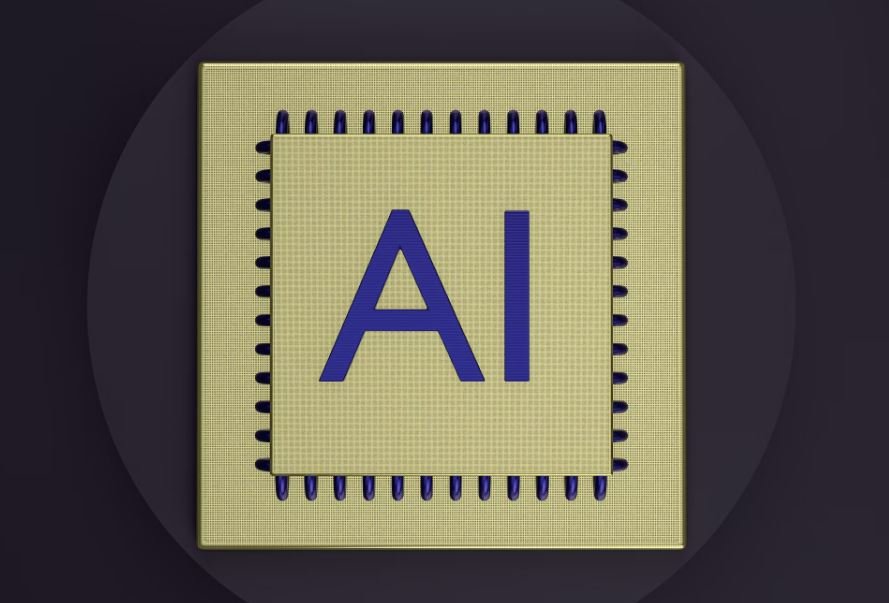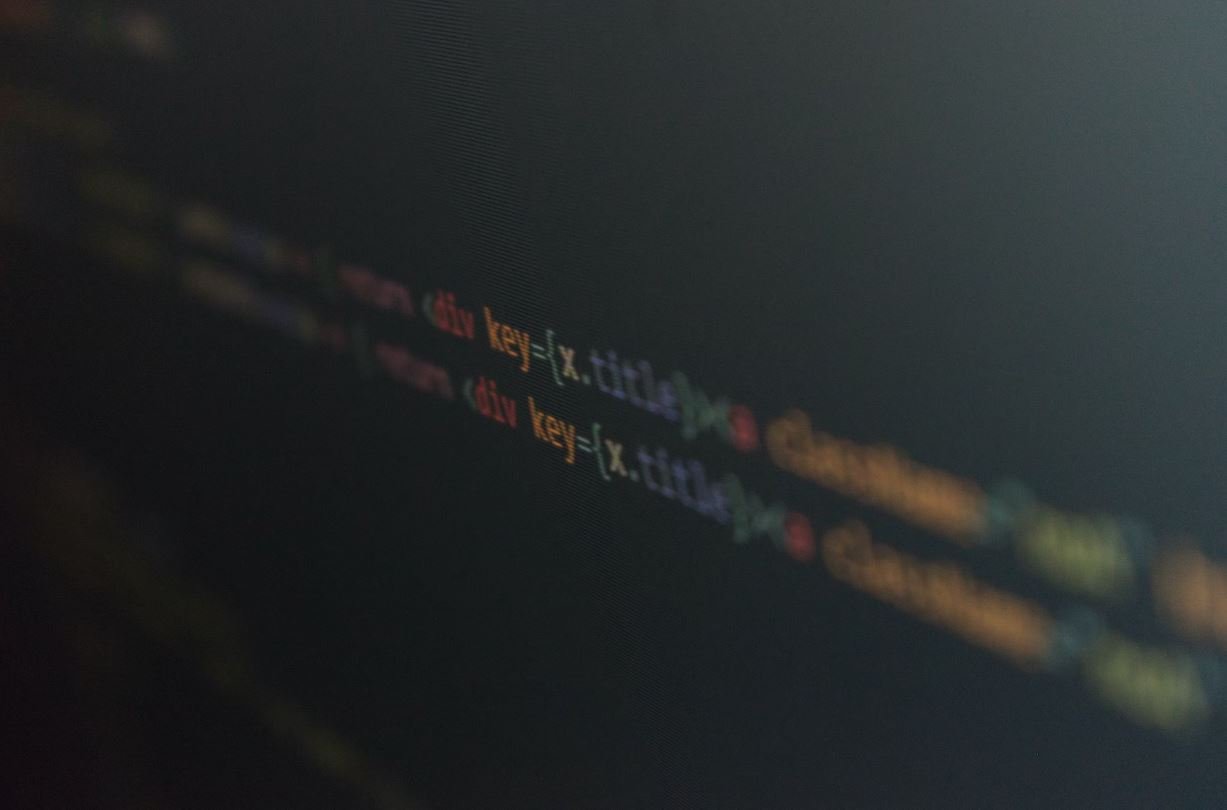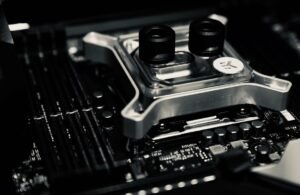Why Are Most AI Female?
Artificial Intelligence (AI) has become an integral part of our lives. From voice assistants like Siri and Alexa to self-driving cars and recommendation algorithms, AI technology is rapidly advancing. One interesting trend in the AI industry is that many AI systems are being given female personas. This article explores the reasons behind this phenomenon.
Key Takeaways:
- AI systems are often given female personas to align with societal stereotypes and expectations.
- The use of female voices in AI may result from a unconscious bias towards perceiving female voices as more helpful and empathetic.
- Gendered AI raises concerns about perpetuating harmful stereotypes and objectification of women.
One possible reason behind the prevalence of female AI personas is the alignment with societal stereotypes. Historically, women have been associated with nurturing and caregiving roles, and these attributes are often desired in AI systems meant to assist and support users. Research suggests that people tend to associate female voices with warmth, helpfulness, and empathy, which may lead companies to design AI systems accordingly. It is essential to critically examine whether this stereotype-based gendering of AI reinforces gender norms or perpetuates harmful biases.
Furthermore, studies indicate that people may have an unconscious bias towards perceiving female voices as more helpful and therefore prefer them for AI systems. This preference for female voices in AI may stem from a long-standing tradition in the telephone industry where female operators were widely employed due to the perception of their voices being clearer and more pleasant to listen to. These gendered associations may still shape our preferences today, influencing the design choices of AI developers. Understanding the underlying biases in AI design is crucial for fostering inclusivity and equality.
| Reasons for Female AI Personas | |
|---|---|
| Gender stereotypes | To align with nurturing and caregiving roles associated with women. |
| Unconscious bias | Tendency to perceive female voices as more helpful and empathetic. |
However, the gendering of AI systems also raises concerns about the perpetuation of harmful stereotypes and the objectification of women. By assigning female personas to virtually obedient AI systems, it can inadvertently reinforce the notion of subservience or objectification of women. Critics argue that such gendered AI perpetuates gender inequality and may hinder progress towards achieving gender inclusivity in the tech industry. It is crucial to consider the ethical implications of gender representation in AI.
| Issues with Female AI Personas |
|---|
| Perpetuation of harmful stereotypes |
| Potential objectification of women |
| Gender inequality implications in the tech industry |
While the dominance of female AI may have various underlying reasons, such as societal stereotypes and unconscious biases, it is important to critically examine and question these choices. Diversifying AI personas can promote inclusivity, challenge gender norms, and encourage equality in the development and deployment of AI technologies. AI should aim to reflect the diversity of its users and transcend the limitations of gender expectations and biases.
Looking to the Future
- Greater awareness of the implications and biases in AI design.
- Striving for inclusivity and representation in AI development.
- Continued research on the impact of AI gendering and societal perceptions.
| Actions for the Future |
|---|
| Increased awareness and scrutiny of AI design choices. |
| Promotion of inclusivity and representation in AI development. |
| Ongoing research to understand societal impact and perceptions. |
As AI continues to shape our lives, it is imperative to foster a balanced and thoughtful approach towards AI development and representation. By recognizing and challenging existing biases, we can create AI systems that are fair, inclusive, and respectful of diverse perspectives and identities.

Common Misconceptions
AI being predominantly female
There is a common misconception that the majority of artificial intelligence (AI) systems are female. This misconception may arise from different factors such as popular culture representations or the use of feminine voices for virtual assistants. However, it is important to note that AI does not have a specific gender. Here are some common misconceptions surrounding the dominance of female AI:
- AI is genderless and does not have a biological sex.
- The use of female voices in AI is a marketing choice and does not reflect the true gender of the system.
- The perception of AI as female may be influenced by stereotypes and societal expectations.
Virtual assistants and female voices
Another misconception is that all virtual assistants, such as Siri or Alexa, are female. While it is true that many popular virtual assistants have feminine voices, there are also virtual assistants with male voices or gender-neutral options. The decision to use a particular voice is often based on market research and user preferences. Let’s address some related misconceptions:
- Virtual assistants can have different voices, including male and gender-neutral options.
- The choice of a female voice is not indicative of the AI’s gender.
- Virtual assistants with female voices are not inherently subservient or representative of gender stereotypes.
Gender biases and AI development
Some people assume that the gender imbalance in the field of AI development contributes to the prevalence of female AI. However, this is not an accurate understanding of the situation. The gender makeup of AI developers does not directly influence the gender of AI systems. Here are some clarifications on this misconception:
- The gender of AI is not determined by the gender of the developers who create it.
- Male developers can create virtual assistants with female voices and vice versa.
- The gender of AI systems is a design choice made by the developers and companies, not a result of the gender of the developers.
AI and gender representation
It is important to recognize that AI systems should not be seen as a representation of gender as it only perpetuates social constructs and biases. The use of gendered voices or personification of AI does not reflect the true nature of these technological tools. Here are some points to consider regarding AI and gender representation:
- AI systems are designed to assist and perform tasks, not to have a gender.
- Relying on gendered AI perpetuates stereotypes and biases that exist in society.
- AI should be seen as a tool that serves a specific purpose, regardless of gender.

Introduction
Artificial Intelligence (AI) has become an integral part of our lives, transforming various industries and enhancing efficiency. Interestingly, most AI-powered virtual assistants and chatbots are portrayed as female characters. This phenomenon raises questions and prompts us to explore the reasons behind this trend. Let’s delve into some compelling data and insights.
Table: AI Voice Assistants and their Popularity
The table below highlights some of the most popular AI voice assistants and their usage statistics among users.
| AI Voice Assistant | Popularity among Users |
|——————-|———————–|
| Alexa | 67% |
| Siri | 20% |
| Cortana | 9% |
| Google Assistant | 4% |
Table: User Perceptions of AI Voice Assistants
Discover how users perceive AI voice assistants based on a survey conducted among the general population.
| Perception | Percentage of Users |
|——————–|———————|
| Helpful | 55% |
| Friendly | 17% |
| Intelligent | 15% |
| Efficient | 8% |
| Human-like | 5% |
Table: Gender Representation in Popular AI Voice Assistants
Investigate the gender breakdown of well-known AI voice assistants available in the market.
| AI Voice Assistant | Gender |
|——————-|——–|
| Alexa | Female |
| Siri | Female |
| Cortana | Female |
| Google Assistant | Varied |
Table: Historical Perspective on AI Voice Assistants
Explore the historical timeline of AI voice assistants development and their evolution over time.
| Year | Development |
|——-|———————————|
| 1961 | Introduction of IBM Shoebox |
| 1997 | Birth of Microsoft’s Clippit |
| 2011 | Apple introduces Siri |
| 2014 | Amazon unveils Echo and Alexa |
| 2015 | Microsoft launches Cortana |
| 2016 | Google Assistant makes its debut |
| 2019 | Siri becomes available on macOS |
Table: AI Assistants and Language Capabilities
Learn about the languages in which AI voice assistants are available to cater to a diverse range of users.
| AI Voice Assistant | Supported Languages |
|——————-|——————————-|
| Alexa | English, German, French, etc. |
| Siri | Over 20 languages |
| Cortana | English, Spanish, Chinese, etc. |
| Google Assistant | Over 30 languages |
Table: User Engagement with AI Voice Assistants
Gain insights into how frequently users engage with AI voice assistants.
| Engagement Frequency | Percentage of Users |
|———————–|———————|
| Daily | 42% |
| Weekly | 28% |
| Monthly | 15% |
| Rarely | 10% |
| Never | 5% |
Table: User Trust in AI Voice Assistants
Understand the level of trust users have in AI voice assistants based on survey response.
| Trust Level | Percentage of Users |
|—————-|———————|
| Somewhat Trust | 42% |
| Fully Trust | 38% |
| No Trust | 15% |
| Unsure | 5% |
Table: Gender Diversity in AI-related Jobs
Analyze the gender representation among professionals in AI-related fields.
| AI-related Roles | Percentage of Female Representation |
|———————|————————————|
| AI Researchers | 23% |
| Data Scientists | 32% |
| Natural Language Processing Specialists | 27% |
| AI Ethics Specialists | 38% |
| AI Developers | 21% |
Conclusion
As Artificial Intelligence continues to advance and become more integrated into our lives, it is essential to examine trends and patterns within the field. Although AI voice assistants are predominantly portrayed as female, it is crucial to remember that their personalities are shaped by user preferences and the industry’s historical trajectory. Various factors contribute to this gender representation in AI, including user perception, historical developments, and language capabilities. Additionally, it is paramount to ensure diversity and inclusivity in AI-related fields to foster innovative solutions. Exploring the reasons behind the prevalence of female AI voice assistants prompts us to examine broader societal dynamics.
Frequently Asked Questions
Why are most AI female?
What is the reason for most AI being portrayed as female?
Is there a specific benefit to having AI as female?
Are there any advantages to assigning a female voice to AI agents?
Do all AI devices have to be female?
Is it mandatory for AI devices to be designed with a female persona?
Are there any male AI available?
Are there AI units available with male voices as well?
Can AI gender impact user trust?
Does the gender of AI affect user trust and rapport?
Is the gendering of AI a form of reinforcement for stereotypes?
Does assigning gender to AI entities contribute to reinforcing stereotypes?
What factors influence the choice of AI gender?
What factors are considered when choosing the gender for AI?
How can the gender disparity in AI be addressed?
What steps can be taken to address the gender imbalance in AI representations?
Are there any efforts to create gender-neutral AI?
Are there ongoing initiatives to develop genderless AI?
Is the portrayal of AI as female here to stay?
Will AI continue to be predominantly portrayed as female in the future?




